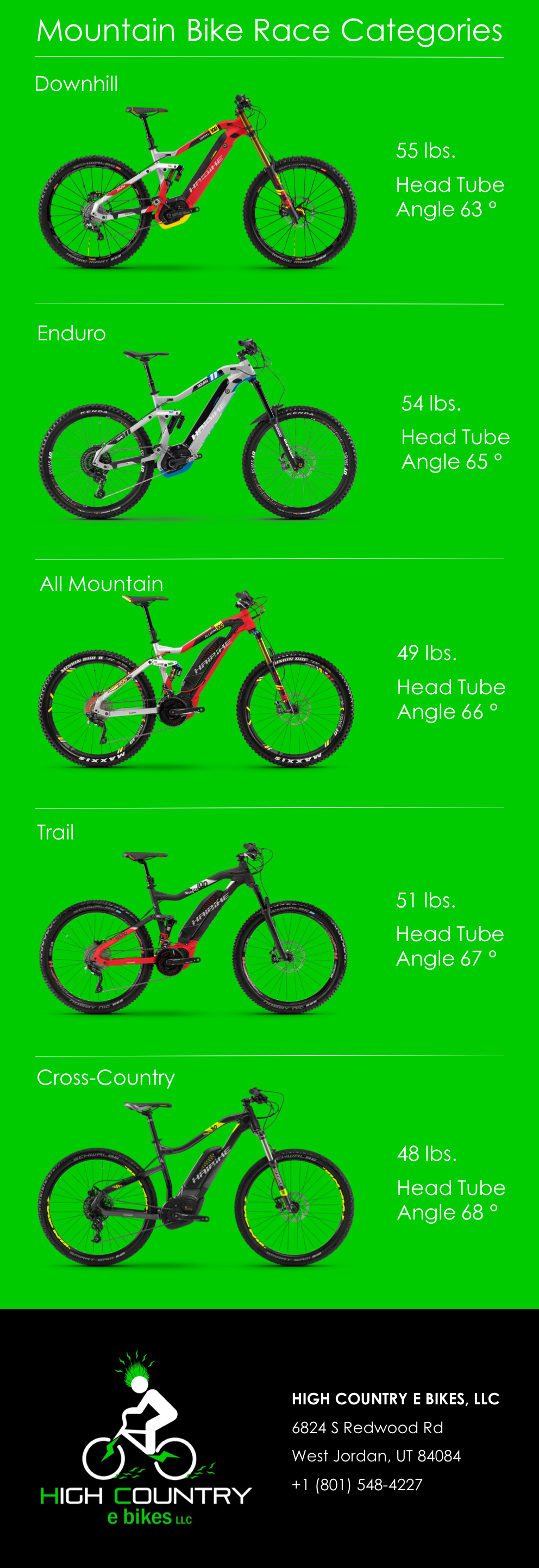Discover The Lawful Guidelines In Your Location To Advertise Secure And Liable E-Bike Riding
Discover The Lawful Guidelines In Your Location To Advertise Secure And Liable E-Bike Riding
Blog Article
Write-Up Created By-Goldberg Rose
Before you hop on your e-bike and hit the streets, it's vital to recognize the laws and policies that regulate your city. From speed restrictions to assigned riding locations, there's a whole lot to take into consideration to guarantee you're compliant and risk-free. By acquainting yourself with the regulations details to e-bikes, you'll be better equipped to enjoy your experiences with no unexpected legal problems. Remain tuned to uncover crucial insights that will help you navigate the e-bike landscape in your city seamlessly.
Comprehending E-Bike Category
When it comes to browsing the realm of e-bike laws and laws, a vital starting factor is understanding the category system that categorizes these electric bikes. E-bikes are typically categorized right into three primary categories: Course 1, Course 2, and Class 3.
Course 1 e-bikes are pedal-assist just, meaning they offer aid while the cyclist is pedaling and have a maximum speed of 20 mph. These bikes are allowed areas where conventional bikes are permitted.
Course 2 e-bikes are furnished with a throttle that can propel the bike without pedaling. They also have a maximum speed of 20 mph and appropriate for motorcyclists that may need assistance without pedaling continuously.
Class 3 e-bikes resemble Class 1 but with a greater maximum speed of 28 mph. These bikes are often restricted from particular bike courses or trails as a result of their greater speeds.
Comprehending these categories is important for adhering to regional laws and making sure a safe and pleasurable e-biking experience.
Browsing Rate Limitations and Restrictions
To effectively browse e-bike regulations and policies, it's critical to understand the speed limits and restrictions that apply to various courses of electrical bicycles.
Speed restrictions for e-bikes vary depending on the classification of the bike. Course 1 e-bikes, which are pedal-assist only and have a maximum speed of 20 mph, are commonly enabled on bike lanes and courses.
Course 2 e-bikes, which have a throttle along with pedal-assist and additionally reach rates of approximately 20 mph, may be restricted in certain areas where motorized vehicles aren't allowed.
Class 3 e-bikes, with pedal-assist up to 28 mph, are usually needed to adhere to the very same policies as conventional bicycles.
It's important to follow these rate limitations and limitations to ensure your security and the safety and security of others when traveling. Before riding your e-bike, acquaint on your own with the particular guidelines in your city to stay clear of any type of potential penalties or legal concerns.
Where to Trip Your E-Bike
To figure out where you can ride your e-bike, it's vital to recognize the guidelines and standards details to your location. In a lot of areas, e-bikes are commonly enabled on roadways and roads where traditional bicycles are permitted. This may include bike lanes, bike courses, and shared highways. Nonetheless, it's critical to inspect regional laws as some cities might have particular limitations on where e-bikes can be ridden.
When riding your e-bike, always prioritize safety by adhering to website traffic guidelines and respecting pedestrian sidewalks. Additionally, be mindful of any type of marked bike lanes or courses in your location and use them whenever possible to make certain a smoother and much safer adventure.
Some cities likewise have policies regarding e-bike use on sidewalks, so ensure to familiarize on your own with these rules to avoid any penalties or penalties.
https://www.popsci.com/gear/best-fat-tire-electric-bikes/
Since you're familiar with the regulations and regulations surrounding e-bikes in your city, you can confidently hit the road understanding where you can ride and what restrictions apply to your e-bike classification. Remember to always prioritize safety and security and follow the regulations to ensure a smooth and lawful experience. Pleased riding!
